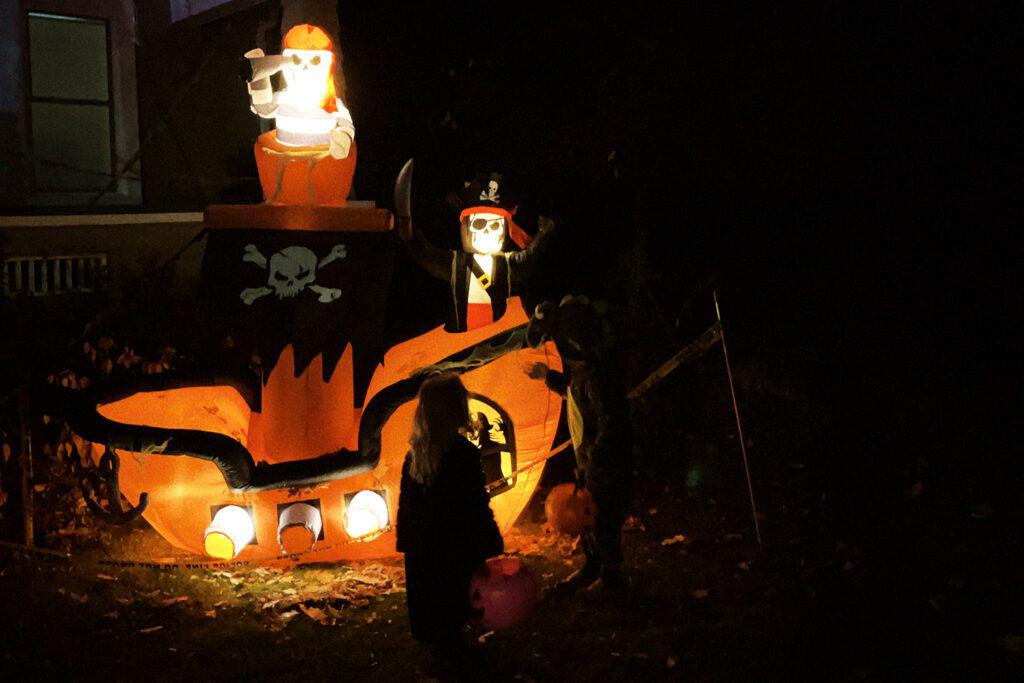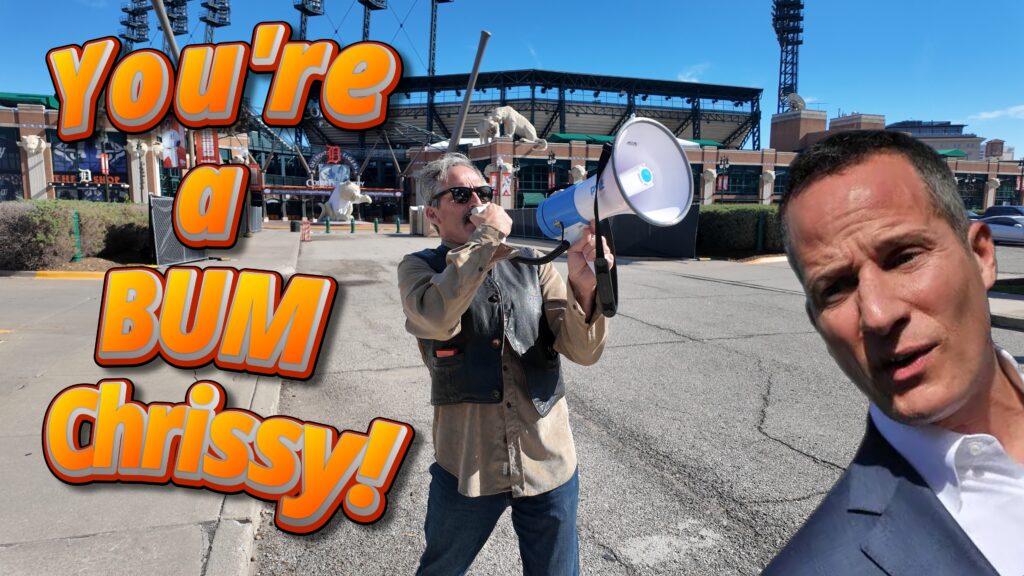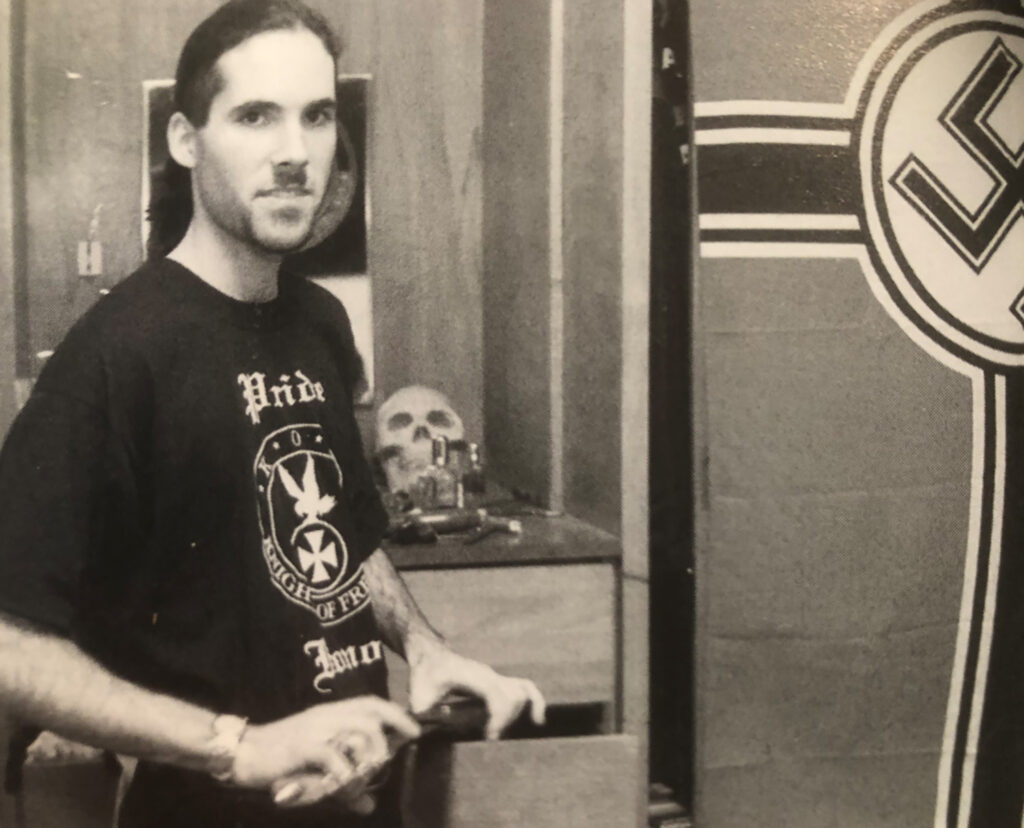Petoskey — What does the rise of giving out Halloween candy out of the back of Priuses and pick-ups tell us about American society in 2025?
Trunk-or-treating allegedly started way back in the 1990s. Now, I was alive and trick-or-treating all through the 1990s, and I don’t ever remember anything of the sort. Scouring the file folders of my memory, I don’t think I heard the term until some time in the 2010s. Nevertheless, everything starts somewhere, and everything starts small, so I’m sure there were parking lots with Dodge Caravans and wood-paneled station wagons full of bite-size Snickers bars way back in 1996, somewhere. But it wasn’t around me, and it probably wasn’t around you.
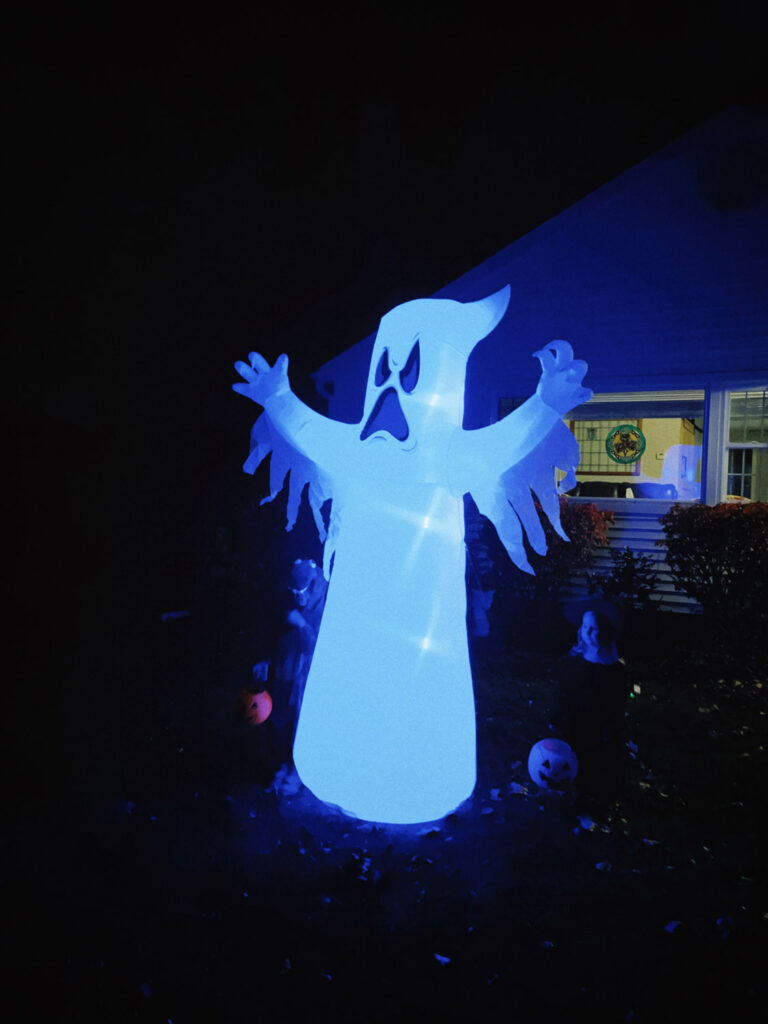
According to the good people at Wikipedia, trunk-or-treating began as a safe alternative to Halloween. Safe from what exactly? Street crime and car danger. There was, indeed, a crime problem in the 1990s, though I am not sure trick-or-treating was the epicenter of violence.
As for car danger, I suppose that makes some sense. When we take our kids trick-or-treating, we have to be on guard and make sure everyone is looking both ways. Kids are everywhere, and it is dark. You have to be careful. But I’m not sure if there really is a terribly severe uptick in traffic accidents on Halloween due to little Draculas, mummies, and skeletons scurrying between houses.
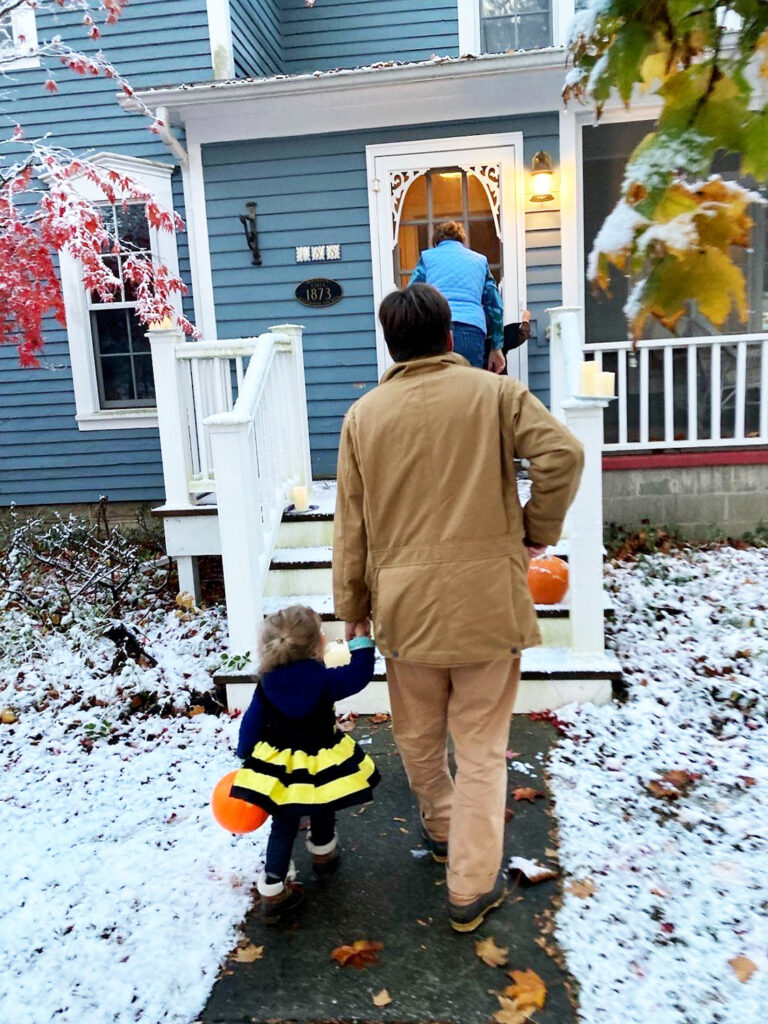
Now that we understand the illustrious history of trunk-or-treating, its origins, and raison d’être, it’s fair to ask ourselves why it’s grown in prevalence over the years.
There has been a slow erosion in our social fabric over the past couple decades. People don’t trust one another. People don’t want to talk to one another. People don’t even want to see one another. That sounds extreme, but it’s the truth. People order DoorDash rather than go out, they don’t know their neighbors because they don’t want to know them, and younger generations can’t even talk on the phone because of crippling social anxiety.
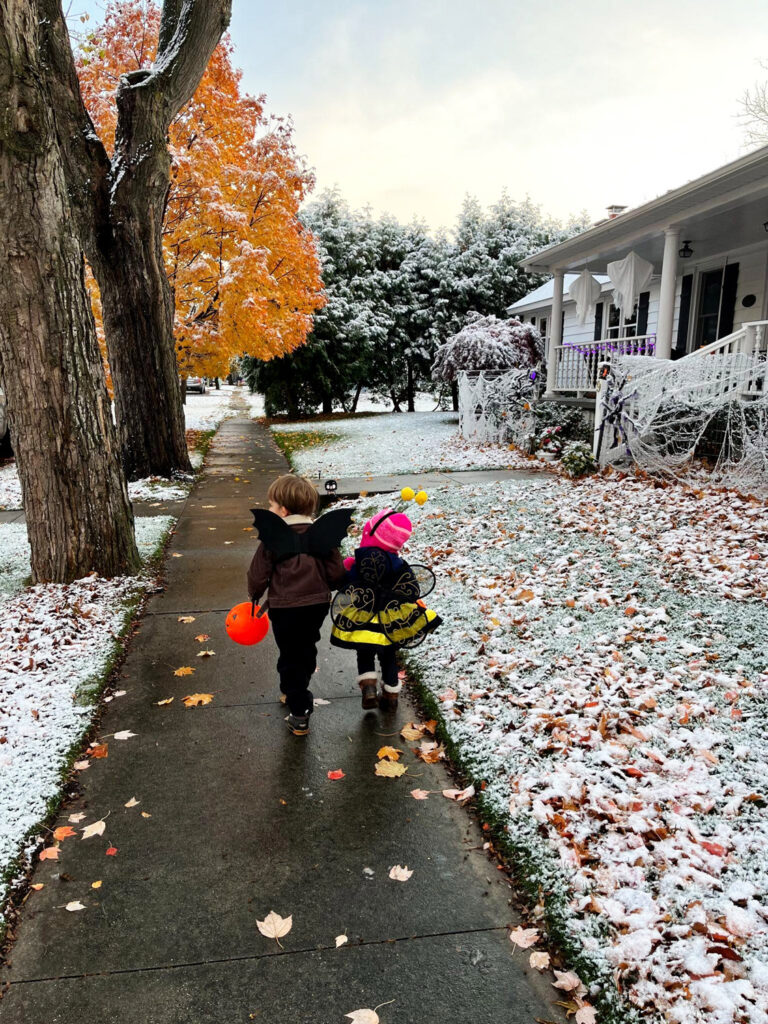
People don’t take their kids trick-or-treating because they don’t trust the people behind the door, and the people behind the door don’t have candy because they don’t want to see the kids knocking at the door. They keep their front porch light off to show those passing by that there is no candy here tonight. “Keep walking,” the dark door says. There is also a chance that collapsing fertility plays some role here. It’s obvious that, in general, families and parents are more likely to have candy for trick-or-treaters than childless DINKs.
There’s a set of mutual contributions that keeps trick-or-treating alive. Your children take candy from the house down the street, and you have candy at your house for the other kids down the street. If you’ve got three cats and no kids, you might not be quite as enthusiastic about shelling out 40 bucks for the trick-or-treaters. Of course, there are exceptions, like those good-hearted DINKs who actually, in fact, give out great candy—the best candy!—because they don’t have kids of their own. But in general, an increase in childless adults and dark doors is obviously a contributing factor.
After all these developments, blocks that used to have 25 houses with candy now only have two or three. Honda CR-Vs descend onto the local parking lot, the trunks open, and the children trunk-or-treat in broad daylight.
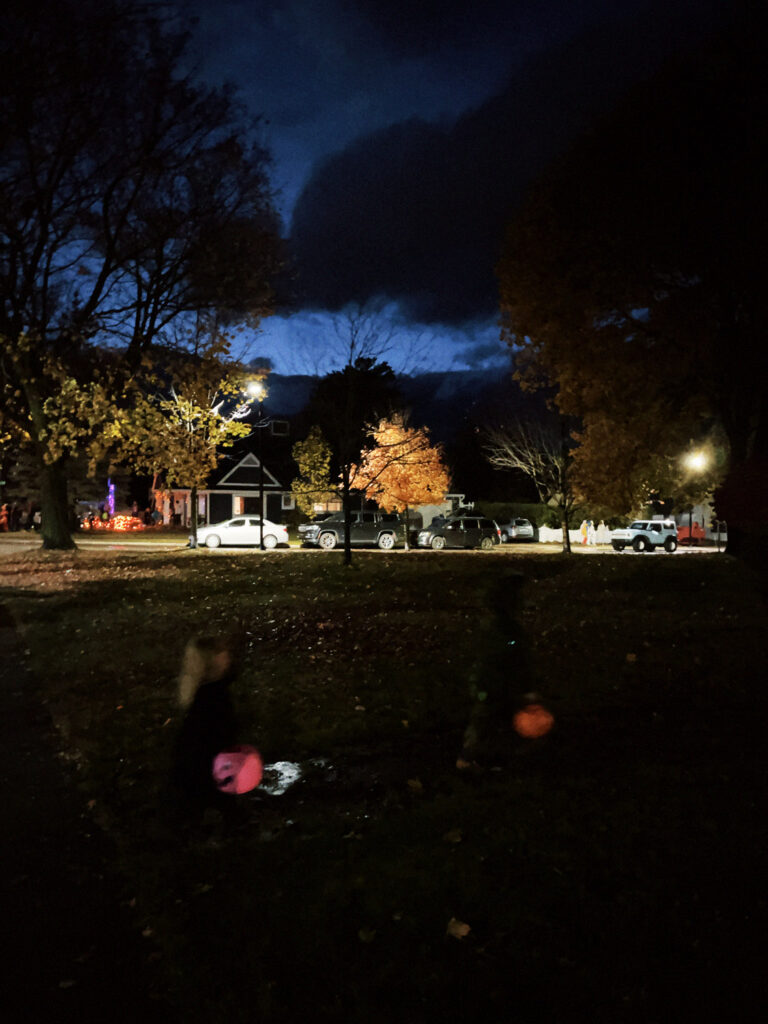
There may be other undocumented reasons why parents opt for trunk-or-treating over trick-or-treating. Maybe the kids don’t have time for a long walk on Halloween. They have homework and travel soccer practice, after all. Maybe the parents want to optimize their time while maximizing the treats acquired this October. Rapid acquisition of autumnal treats. Or maybe parents are too lazy to walk around the neighborhood with their kids. It might take away from their time scrolling Facebook.
Whatever the reasons are for its increase, trunk-or-treating stinks, and it stinks bad. It’s a poor man’s trick-or-treating, and it’s not worth doing. There are no little shadows of kids running between houses, no orange lights of the jack-o-lanterns interrupted by black figures with dragon tails and princess wands. There are no crackling leaves to trudge through on the front yard on your way to the door. There isn’t that funny feeling you get when you knock on a door you’ve never knocked on before, gaining a little glimpse inside a house you’ll never enter, just to ask for free candy.
Trick-or-treating is peculiar in that it’s just a fun little thing for kids, yet it reveals a very delicate social fabric. It sounds strange to say, but trick-or-treating on Halloween is perhaps the most personal and pro-social act of any American holiday tradition observed today. Think of the numbers of homes approached, the social dance that occurs, the free candy that changes hands, and the sheer number of people you, as a child, talk to over the course of that night.

Trunk-or-treating should be the same in theory, but it’s not in reality. Cars are not homes. They aren’t as personal. They don’t play the same role in the social dance. The parking lot is transactional. It can’t help but feel commercial. The trunks aren’t bowls by the door. The pavement of the parking lot in broad sunny daylight at 5 p.m., two days before Halloween, isn’t the leafy ground at 8 p.m. on a windy October 31, with your mom demanding that you wear your winter coat over your costume so you don’t get sick.
Trunk-or-treating will never be trick-or-treating.
O.W. Root is a writer based in Northern Michigan, with a focus on nature, food, style, and culture. Follow him on X @OW_Root.
